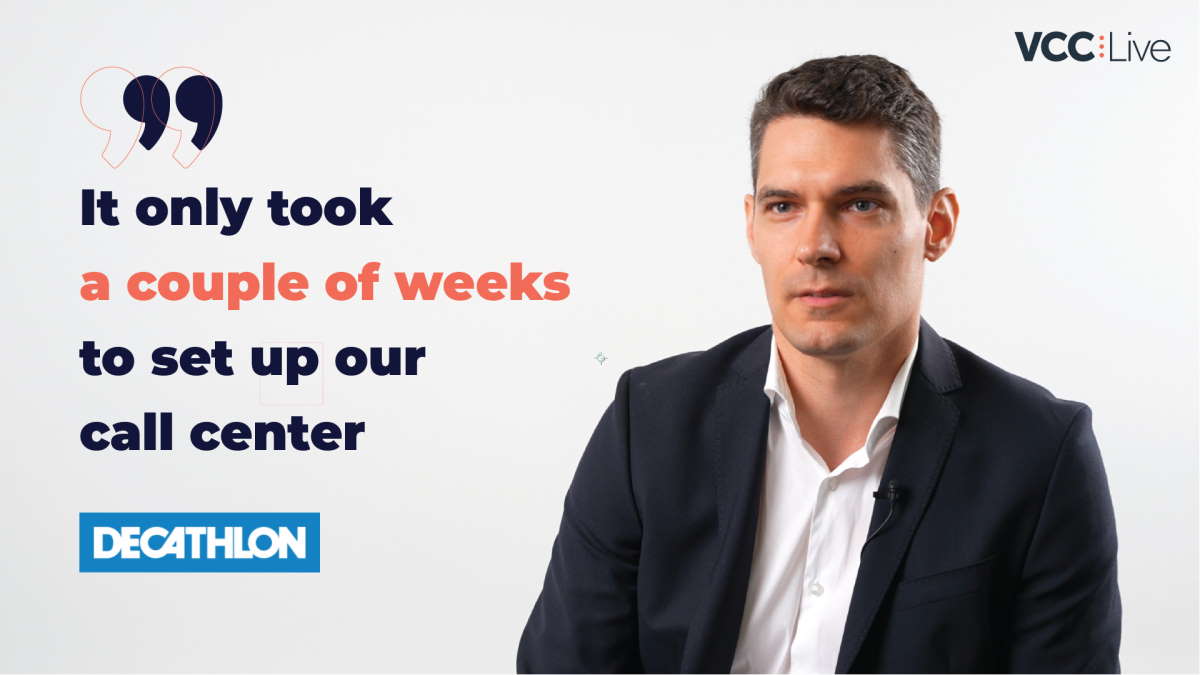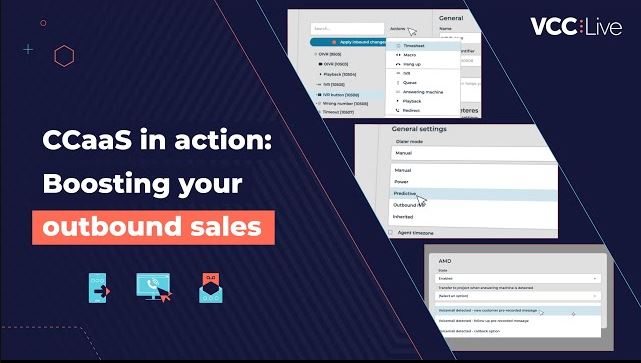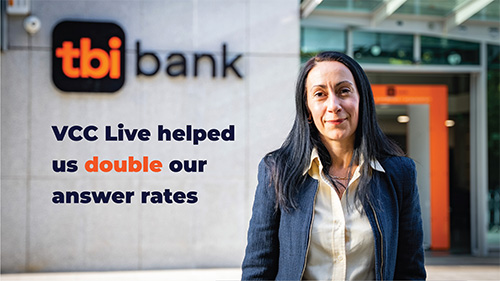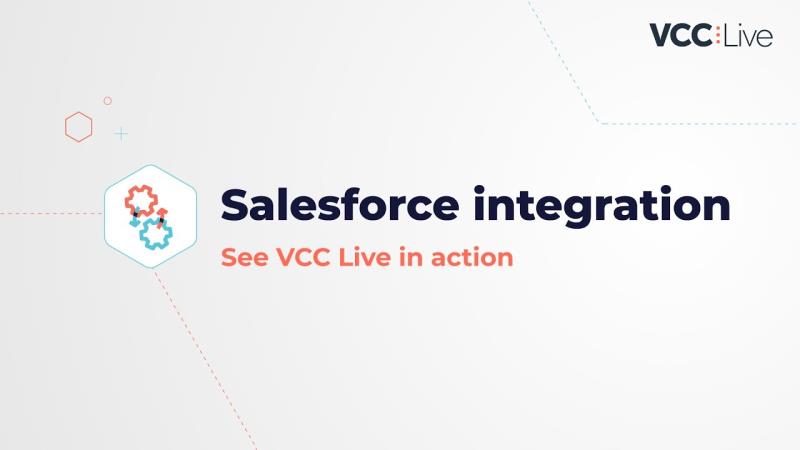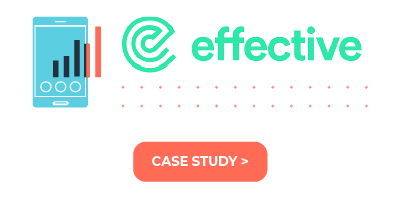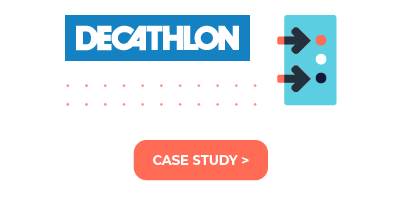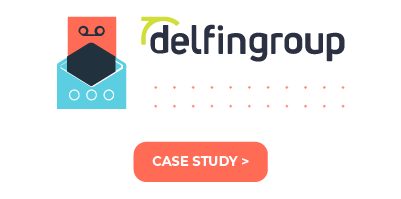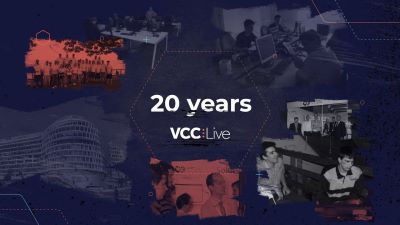June 2022
Improved time zone settings
We have recently updated the time zone settings of VCC Live to further meet our customers’ needs. Until recently, the time frames set for Phone fields and the OIVR structures were based on CET (Central European Time). Both have now been adjusted to run based on the local time zone settings that are applied to the project. You can turn this setting on or off in your project’s settings at Channels > Voice > Outbound > Apply project time zone settings.
Updated global queue handling
We have added new capabilities to our solution where users are now able to route calls to agents based on a global queue logic. The following call distribution modes can now be selected:
- Agent with the longest time of not-handling calls (default), and;
- Agent with the least amount of handled calls
You can find these settings in the VCC Live menu > Contact Center > Global settings > General pane > ‘Call distribution – Global queue behaviour’ dropdown.
New user-based statistics
VCC Live will retire its existing Global Call Statistics functionality. Users are able to access the same functionalities with additional capabilities, like using multiple dimensions, custom KPIs and column Presets for different users.
You can read more about it here: https://vcc.live/help/vcc-live-desk/logs-and-statistics/globalstat2/.
Integration with Dialogflow
Dialogflow is a platform that understands natural language for conversational user interfaces and replies accordingly – e.g. interactive voice response (IVR). It’s a powerful tool that enables constructive conversation with customers that can be now integrated with our platform.
You can connect your Dialogflow to VCC Live’s platform in two steps:
- Create your Dialogflow structure on the Google Dialogflow interface
- Select Dialogflow in the VCC Live platform and insert it into your IVR structure
For full instructions, please check out our user guide here: https://vcc.live/help/vcc-live-desk/references/dialogflow/
